Bor, Serbia


Bor is an urban settlement and the seat of the city of Bor and the Bor district in eastern Serbia. According to the 2011 census, there were 34,160 inhabitants (according to the 1991 census, there were 40,668 inhabitants).
Bor is a mining and industrial city with developed non-ferrous metallurgy. The town was founded in 1945, and the settlement itself somewhere around 1800. Planski was inhabited by a professional workforce during Yugoslavia and therefore has an extremely diverse ethnic composition.
Within the Roman Empire, Bor was part of the province of Upper Moesia, whose capital was Viminacium (today’s Kostolac). From the fourth to the sixth century, the city was part of the Eastern Roman Empire (Byzantium). This territory then changed many masters. It was first conquered by the Gepids, and it remained in their possession until the Bulgarian conquest. Then it again became a part of Byzantium, and then of the Kingdom of Hungary. The settlement of Bor was created next to the copper mine that was opened in 1903 by Đorđe Weifert. Since then, Bor begins to rapidly develop and grow. In the period from 1933 to 1940, Bor got a new settlement, the New (Southern) Colony, a hospital and a new school were built, and the mine grew into one of the largest in Europe. In 1931, it had 4,749 inhabitants[3]. Bor received the status of a city only after the Second World War, on May 30, 1947, when it had 11,000 inhabitants. The National Library of Bor is located here.
Felix Hoffmann, Franja Šistek and Đorđe Weifert are responsible for finding the Bor mine. At the end of 1862, Hoffmann began looking for ores in eastern Serbia. After forty years of mining, he managed to find the mine in Bor. In the Bor church, there is a fresco depicting three miners in a kneeling position, who are the creators of the mine: Felix Hoffmann (scientific), Franja Šistek (technical) and Đorđe Weifert (financial).

Lake Bor is an artificial lake created in 1959 by raising a dam and accumulating the waters of the Valja Zhoni River, the. Marec River and part of the Zlotska River basin. The lake is located at the foot of the Crni vrh mountain near Bor. The lake water is primarily intended for the operations of the Mining and Smelting Basin, but also for the development of tourism. It covers an area of 30 hectares, and the depth of the lake reaches 52 meters. At the time of maximum water level, 12 million cubic meters of water enter the lake. The shore of the lake is small and rocky.
During the summer, tourists spend their days at Lake Bor. Several tons of young fish are released into the lake every year to improve the fish stock. During the season, which lasts from the beginning of May to the end of September, the water temperature reaches 26 degrees, which is favorable for swimming.

In winter, the lake is completely covered with ice. The highest water levels are in spring and the lowest in late summer and early autumn. The difference between the maximum and minimum water level exceeds 10 meters, which adversely affects the flora and fauna of the lake. By using the inflow of water from the Zlotska river, the lake level is maintained at about 2 meters below the overflow during the year.

Lake Bor is surrounded by deciduous and coniferous forests, natural green glades and meadows at an altitude of 438 meters. Hotels „Metalurg“, „Jezero“, „Vertigo city“ and villas were built on the shore of the lake, while several large weekend settlements were built about 200 meters from the lake. On the very shore of the lake, there is also a car camp with a capacity of about 300 trailers available to tourists. It is located at a distance of 1 kilometer from the „Jezero“ hotel in the direction of Žagubica.
Prepared by: Aleksa Svetozarević from Bor, Serbia


0 Comments